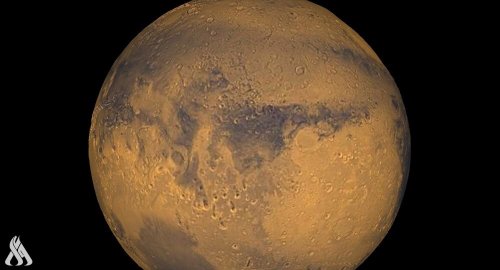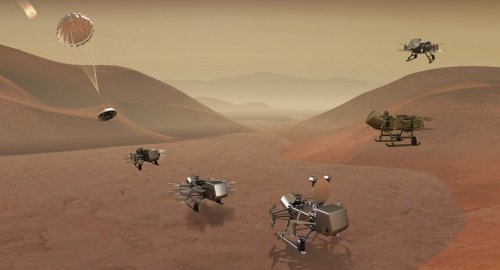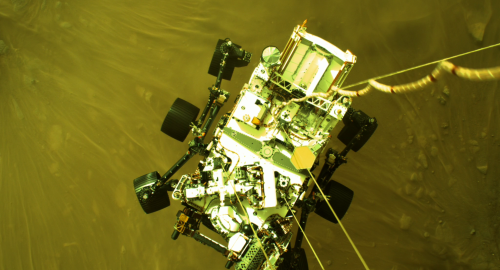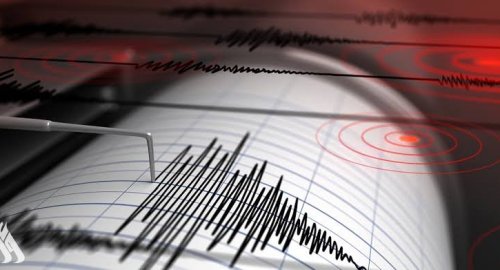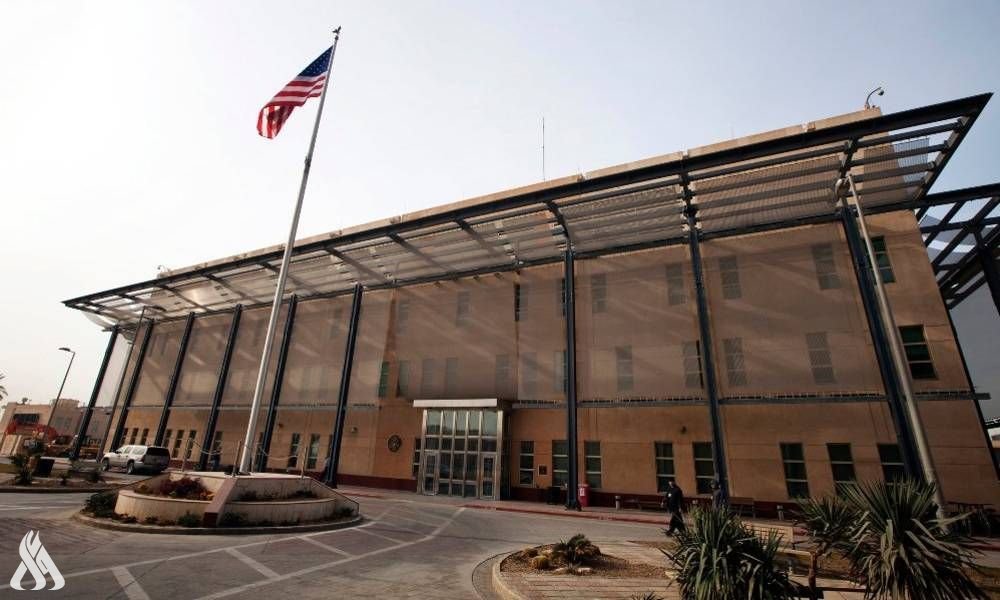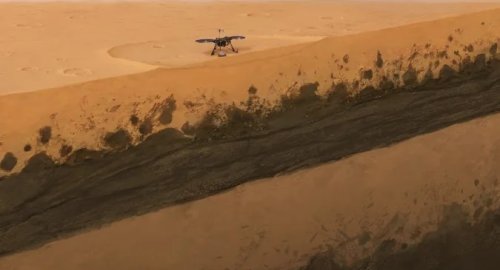
Scientists used Mars' ambient noise to map the planet's subsurface layers

- 29-11-2021, 20:01
INA – SOURCES
NASA's Mars InSight lander provided researchers with the data needed to give us our first detailed look at the red planet's crust, mantle and core. That map doesn't include any information on the structures nearer its surface, however, and we need that to be able to get a more complete picture of how the planet was formed.
Now, a team of scientists was able to create the first detailed image of what lies right underneath the planet's surface, showing three billion years of its history, by listening to Martian winds.
More precisely, they analyzed the ambient noise (in the absence of marsquakes) collected by the seismometer that was installed by the InSight lander. On Earth, that kind of ambient seismic noise is generated by the ocean, human activity and winds, but only the last one is present on Mars.
The Swiss Seismological Service (SED) and ETH Zurich have been regularly analyzing data collected by the seismometer as part of the Marsquake Service. Over the past years, SED was able to develop ways to analyze ambient noise data to define geological structures here on Earth, and those are the techniques they used on the data from InSight.
Based on the data the tool gathered, the top three meters of InSight's landing site is made of sand, while the next 20 meters are loose material, particularly volcanic rock fissured by meteorite impacts. Underneath that sand and rock lie lava flows divided by sediments that formed when the planet experienced cold and dry conditions.
Researchers believe the uppermost lava flows were deposited around 1.7 billion years ago, while the deepest ones were deposited as far back as 3.6 billion years ago at a time when there was a lot more volcanic activity on the planet.
The researchers recently published their study in Nature, and one of the things they emphasized is that it proves techniques to investigate our planet can also work on Mars. Other methods used to know more about Earth could also give us more information about the red planet, which may one day become humanity's second home.
NASA pays tribute to Gagarin in honor of Cosmonautics Day
- Multimedia
- 10:12
US Embassy: Trade Mission of 60 Companies Visits Iraq
- politics
- 25/04/07
CBI unveils comprehensive reform plan to modernize banking sector
- Economy
- 25/04/07
Al-Sudani Meets Delegation from J.P. Morgan Bank
- politics
- 25/04/08
